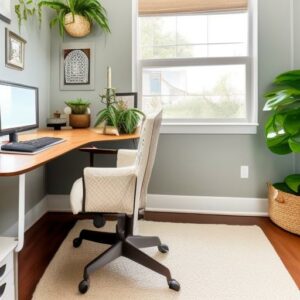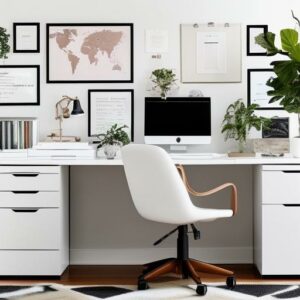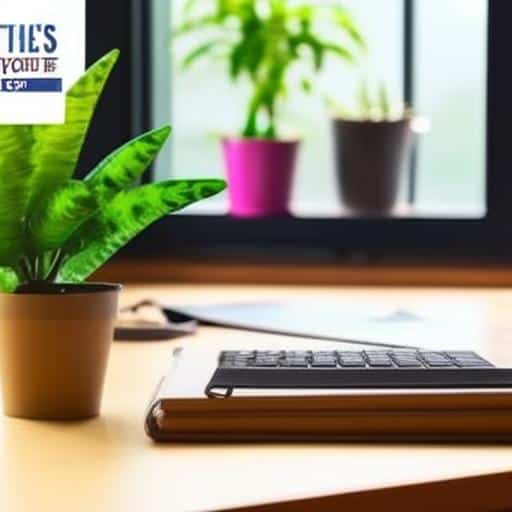Spending a significant amount of time in the office can be a real drag if you don’t feel comfortable in your surroundings. But, creating a productive and relaxing environment for yourself in your office can help you work more efficiently, reduce stress, and even boost your overall well-being. Whether you’re working from home or in a traditional office setting, there are several simple ways to make your office a place you’ll love to be in. From personalizing your space to incorporating elements of nature, there are many ways to make your office feel like home. In this article, we’ll explore some tips and strategies for creating a comfortable and inviting office environment that will help you feel more at ease and motivated to work.
Personalizing Your Office Space
One of the most important steps in creating a comfortable and inviting office environment is personalizing your space. Adding personal touches to your office, such as photos, artwork, and mementos, can help make the space feel like it belongs to you. This will not only make you feel more at home, but it can also help boost your morale and motivation.
When it comes to decorating your office, there are a few things to keep in mind. Incorporating natural elements, such as plants, can help bring a touch of the outdoors inside and can improve air quality. Natural light is also important for both physical and mental well-being, so make sure to position your desk near a window if possible. Choosing colors that you find calming and soothing can also help to create a relaxing atmosphere.
Personalizing your space is not only about the decor but also about the functionality. Adding a few things you like, such as a cozy blanket, a diffuser, or a coffee mug can make your space inviting and comfortable.

Organizing Your Workspace
A cluttered and disorganized workspace can not only be visually unappealing, but it can also negatively impact your productivity and mental well-being. Keeping your office clean and organized can help create a more relaxing and inviting environment.
One of the first steps to organizing your workspace is to declutter. This means getting rid of items that you no longer need or use, such as old papers, broken pens, or empty notebooks. Once you’ve decluttered, you can then focus on maximizing the space you have. Utilizing organizational tools and storage solutions, such as shelves, drawers, and desk organizers, can help keep your office tidy and make it easier to find what you need.
In addition to decluttering and maximizing space, it’s also important to consider the layout of your office. Positioning your desk and chair in a way that promotes good posture and ergonomics can help prevent discomfort and improve productivity.

Comfort and Ergonomics
Creating a comfortable and ergonomic workspace is essential for both physical and mental well-being. Not only will it help prevent discomfort and injuries, but it can also increase productivity and focus.
Ergonomic furniture and equipment are designed to reduce stress on the body and promote good posture. An ergonomic chair should provide good lumbar support and be adjustable in height. A desk that is the right height for you can also help prevent neck and shoulder pain. When it comes to computer equipment, make sure your monitor is at eye level and that your keyboard and mouse are positioned at a comfortable distance.
In addition to ergonomic furniture, there are several other things you can do to make your office more comfortable. For example, choosing a chair with a comfortable seat and backrest can help prevent fatigue. A footrest or anti-fatigue mat can also help reduce stress on your feet and legs.

Creating a Relaxing Environment
Creating a comfortable and ergonomic workspace is essential for both physical and mental well-being. Not only will it help prevent discomfort and injuries, but it can also increase productivity and focus.
Ergonomic furniture and equipment are designed to reduce stress on the body and promote good posture. An ergonomic chair should provide good lumbar support and be adjustable in height. A desk that is the right height for you can also help prevent neck and shoulder pain. When it comes to computer equipment, make sure your monitor is at eye level and that your keyboard and mouse are positioned at a comfortable distance.
As well as ergonomic furniture, there are several other things you can do to make your office more comfortable. For example, choosing a chair with a comfortable seat and backrest can help prevent fatigue. A footrest or anti-fatigue mat can also help reduce stress on your feet and legs.


